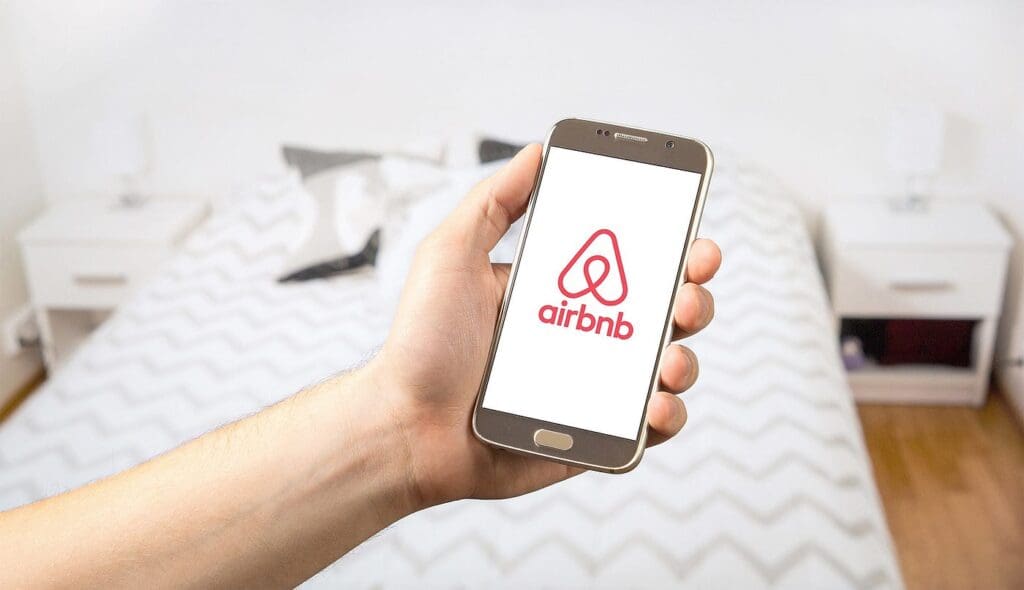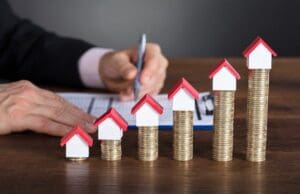When setting the base rate for your Airbnb, it’s essential to look beyond property costs and focus on what truly impacts guest demand in your area. While it’s natural to feel that your property deserves a premium rate, guest preferences and local market trends ultimately shape your pricing success. Here’s a comprehensive guide to help you create a base rate that reflects your property’s unique appeal while attracting steady bookings.
1. Market Demand Over Personal Costs
Covering your expenses is essential, but your base rate should be guided by local market demand rather than your mortgage or property price.
- Research Comparable Listings: Spend time investigating similar properties in your area. Look at their rates, occupancy levels, and amenities. This will provide insights into what guests are currently willing to pay.
- Seasonal Trends: Understand how local events, seasons, and holidays influence demand. For example, beachside properties may fetch higher rates during summer, while ski chalets will see a spike during winter months. Adjusting your base rate accordingly will help maximize occupancy and revenue.
2. The Reality Check: Guest Perception Drives Bookings
It’s common for hosts to feel their property deserves a higher rate, but it’s not about what you think—it’s about guest demand.
- Guest Expectations: Guests expect the representation of your property in the listing to be accurate. They base their decisions on what they see and read, so it’s crucial to present your property truthfully, showcasing its strengths while being upfront about any limitations.
- Base Price Reflection: Base Price Reflection: A well-priced and presented listing will attract bookings. If your pricing is too high compared to the value and amenities offered—or if the presentation falls short of guest expectations—potential guests may overlook your property in favor of better options, leading to lower occupancy rates. For more details on how guest perception influences booking decisions, see Understanding Airbnb Booking Conversion Rate.
3. Understand Local Competition and Availability
Analyzing similar listings in your area is essential:
- High Competition Areas: While more listings can indicate potential guest traffic, they can also create price wars, driving rates down. If your property is average in type, location, or amenities, you may need to differentiate it through outstanding hospitality or unique offerings to justify your rate.
- Low Competition Areas: Fewer listings might seem advantageous, but a low-saturation market could be high-risk if there’s insufficient guest interest to support a consistent rate. Evaluate local tourism data, reviews, and the overall appeal of the area to ensure there’s enough demand to sustain your bookings.
4. Property Size, Type, and Unique Amenities Drive Value
Today’s guests expect essentials like Wi-Fi and kitchen basics, so it’s the unique features that truly make your property stand out:
- Standout Amenities: Features such as pools, hot tubs, game rooms, or outdoor patios with stunning views can set your property apart. Highlight these amenities in your listings to attract attention and justify a higher rate.
- Quality Over Quantity: Guests often prioritize unique experiences over standard offerings. Ensure your property showcases its best features through professional photography and compelling descriptions. The more compelling your listing, the better the chance guests will be willing to pay your asking price.
5. Location as a Value Driver
Proximity to major attractions or natural highlights significantly impacts pricing:
- Nearby Attractions: Properties close to popular attractions like beaches, national parks, or ski resorts can typically demand higher rates. Guests often prefer locations that minimize travel time to these destinations, making them more willing to pay a premium for convenience.
- Event Proximity: For properties near stadiums, entertainment venues, or seasonal events, closeness can justify a premium rate. Guests often have limited time to enjoy their stay, and being near events or attractions enhances their experience. Highlight your property’s proximity to these locations in your marketing materials.
- Essentials and Amenities: Guests also appreciate proximity to everyday essentials such as grocery stores, restaurants, and public transportation. While these may be considered basic amenities, having them nearby can elevate your property’s desirability and allow you to command a higher rate.
6. Property Quality: Budget-Friendly to Luxury
Set your rate to match your property’s level of quality:
- Budget Properties: Functional spaces that cater to value-conscious travelers should be priced competitively. Ensure your property is clean and functional, as these factors can lead to positive reviews and repeat bookings.
- Mid-Range Properties: Updated, comfortable homes with attractive decor and amenities attract guests willing to pay more for a polished experience. Invest in quality linens, furnishings, and decor to enhance perceived value.
- Luxury Properties: High-end finishes, quality furnishings, and attention to detail support a premium rate, but come with elevated guest expectations. Ensure every aspect of the guest experience—from booking to check-out—meets high standards.
7. Flexibility in Rates
Flexibility is essential in pricing your Airbnb:
- Dynamic Pricing Strategies: Utilize dynamic pricing tools or research local events to adjust your rate accordingly. During peak seasons or local events, consider raising your rate to maximize revenue, while slower periods may call for a reduced rate to maintain occupancy.
- Testing and Adjustment: Don’t hesitate to experiment with your base rate. If a particular price point isn’t yielding the expected results, be prepared to reassess and adjust based on guest feedback and booking patterns.
In summary, a well-considered base rate is rooted in market demand, guest preferences, and your property’s unique appeal. By evaluating local trends, highlighting standout features, and adjusting as needed, you’ll set a rate that attracts bookings and maximizes your Airbnb’s potential.




